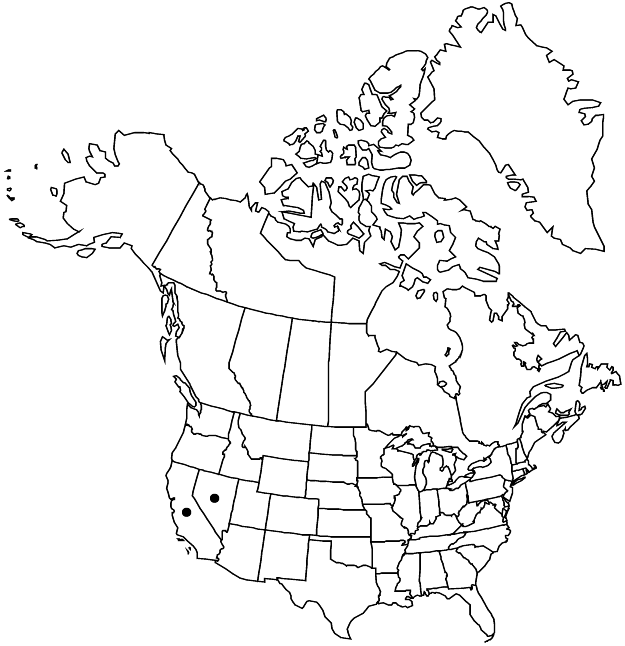Eriogonum latens
Fl. Calif. 1: 427. 1914.
Herbs, erect, (1.5–) 2.5–4.5 (–5) × 1–2 dm, glabrous. Stems: caudex absent or nearly so; aerial flowering-stems erect, slender, solid, not fistulose, arising at nodes of caudex branches and at distal nodes of short, nonflowering aerial branches, 1–4 dm, essentially glabrous. Leaves basal, occasionally in rosettes; petiole 1–4 (–7) cm, pilose; blade elliptic-obovate to round-ovate, 1–3 (–3.5) × 0.8–2.5 cm, pilose, margins entire, plane. Inflorescences capitate, 2–3.5 (–4) cm wide; branches absent; bracts 5–8, essentially scalelike, 1–8 × 1–3 mm. Involucres 2–5 or more per cluster, campanulate, 6–8 × 6–8 mm, pilose; teeth 5–8, erect to slightly spreading, 1–2 mm. Flowers 3–6 mm, including 0.1–0.2 mm stipelike base; perianth cream to pale-yellow, sparsely pubescent abaxially; tepals monomorphic, obovate to spatulate; stamens exserted, 3–7 mm; filaments pilose proximally. Achenes light-brown, 3–5 mm, glabrous.
Phenology: Flowering Jun–Aug.
Habitat: Sandy to gravelly granitic slopes and ridges, sagebrush communities, montane to subalpine conifer woodlands
Elevation: 2600-3400 m
Discussion
Eriogonum latens is locally uncommon to rare in the White Mountains of western Nevada (Esmeralda County) and along the eastern slope of the Sierra Nevada in California (Inyo and Mono counties). An isolated population occurs on Waucoba Mountain in the Inyo Mountains. A collection supposedly from Long Valley in Mono County (Noldeke s.n., Jul 1938, CAS) remains to be confirmed as to location.
Selected References
None.
Lower Taxa
"dm" is not declared as a valid unit of measurement for this property."dm" is not declared as a valid unit of measurement for this property.
